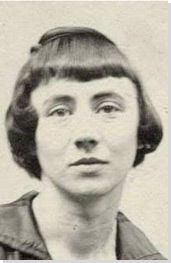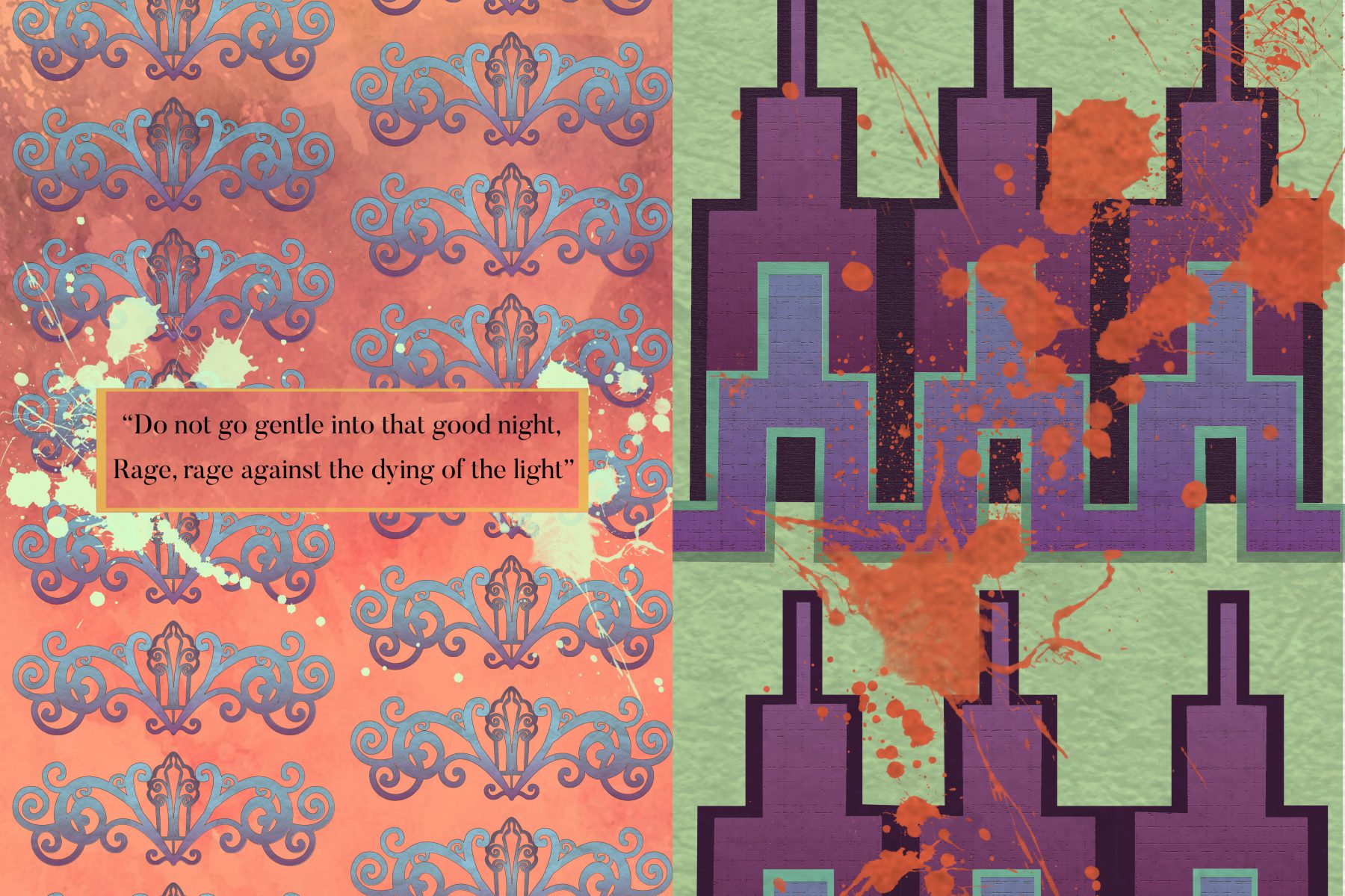Dada art movement
The dada art movement for a long time has annoyed me in a way. I the past I personally didn’t like it due to its lack of aesthetic appeal. Now however, after being able to understand its context and what it stands for, I am able to appreciate it better.
To understand Dada, one must understand what was happening around the world during the time it started to flourish. World War 1 had just ended, but it’s aftermath still reverberated throughout the souls of the people. They were tired of war, of endless senseless killings. And thus artist took up an anti-war stance as if in a way to show the voice of the people. The world war also framed the public’s thoughts on technology. On one hand, technology paved the way to advancement, work became easier and things that were deemed impossible not to long ago were suddenly possible, but on the other hand, technology could kill. This duality of fear and reverence for technology was also another key point in dada. This was also the period of revolutions. The masses were increasingly dissatisfied with the those in the upper echelons of society due to the decisions made during the world war. They were dissatisfied with their current situation and propaganda only sowed the roots of these thoughts. Art being a reflection of society, portrayed this dissatisfaction. Dada criticised rules, the norm and started to criticise basically everything, even the norms and rules in art itself. Dada was barely able to tolerate dada in itself.
My personal favourite artist from the Dada movement is perhaps Marcel Duchamp, simply because he is annoying. In a modern day setting, I am certain that Marcel Duchamp would be either an internet troll or a late night show host. Perhaps both.

With works like ” Fountain” where Duchamp questioned the 3 rules of art at that point of time in a satirical and comical way. To works such as ” L.H.O.O.Q” which makes us question, what exactly is art.


Through Marcel Duchamp, I was able to see the beauty in Dada. The abillity to discuss and induce viewers to question serious and dark issues in a more palatable form through comedy is nothing short of profound.
Hannah Hoch



Hannah Hoch is a German artist born in the early 20th century. She is one of the earliest users of the collage techniques and one of the earliest artist to elevate pop culture into the realms of high art . According to her, she started using collage when she discovered the power to alienate images and create new meaning.
Honestly, I’ve never been fond of collage as I felt that they were not aesthetic and it was very hard for a viewer to discern meaning from a collage. But after reading about how Hannah Hoch uses collage, it was eye opening. It makes the artist seem more powerful to be able to use found images and weave them to create your own meaning. I was also amazed by Hannah Hoch’s use of satire to criticise political figures. Art like these create discussions and incites change. I aspire to do art that cold do such things and thus, Hannah Hoch is nothing short of inspirational.
Russian Constructivism
Russian Constructivism is an artform that flourished in Russia during the early 20th century.Russian Costructivism tried to veer away from the contemporary beliefs of art during that time period. Instead of creating art to showcase beauty, Russian Constructivism’s focus was to create art that analysed and showcase a material’s qualities. Most of the art surrounding this movement was abstract and it had hopes to shift art towards industrialism.

Vladmir Tatlin is considered to be the father Russian Constructuvism. Tatlin’s Tower was never fully realised, but it was meant to show how art can mix with the realms of industrialism. Made our of steel and glass it was a symbol of modernity and it was a monument to revolution.
